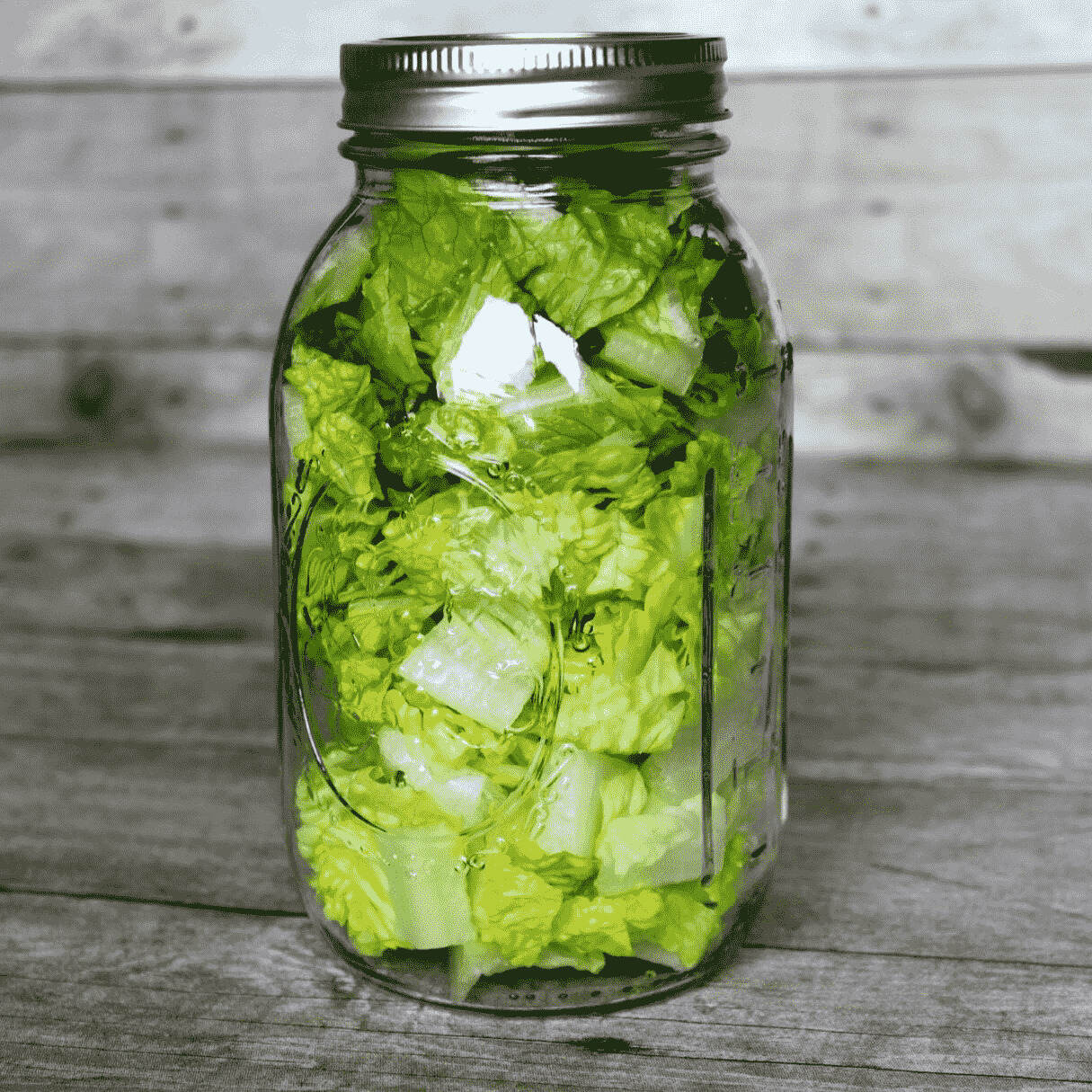

Articles
How To Store Lettuce In Mason Jars
Modified: October 19, 2024
Learn how to store lettuce in mason jars for extended freshness. Our articles provide valuable tips and tricks to keep your lettuce crisp and flavorful.
(Many of the links in this article redirect to a specific reviewed product. Your purchase of these products through affiliate links helps to generate commission for Storables.com, at no extra cost. Learn more)
Introduction
When it comes to storing lettuce, mason jars provide an excellent solution. Not only do they help keep the lettuce fresh and crisp, but they also make your refrigerator look neat and organized. Whether you have a surplus of lettuce from your garden or want to store store-bought lettuce for longer, using mason jars is a simple and effective method.
In this article, we will guide you through the process of properly storing lettuce in mason jars. From washing and drying the lettuce to sealing and labeling the jars, we will cover all the necessary steps to ensure that your lettuce remains in optimal condition. Additionally, we will share some tips to help you maximize the freshness and longevity of your lettuce.
By following these steps, you can enjoy fresh and crisp lettuce for longer periods, reducing waste and ensuring that you always have the key ingredient for your salads, wraps, and other refreshing dishes.
Key Takeaways:
- Store lettuce in mason jars to maintain freshness, reduce waste, and always have a key ingredient for salads and other dishes. Follow the steps for washing, drying, and sealing to enjoy crisp lettuce for longer.
- Maximize lettuce freshness by refrigerating promptly, avoiding moisture build-up, and using airtight containers. Rotate jars, inspect for spoilage, and enjoy vibrant salads and wraps with freshly stored lettuce.
Read more: How To Store Mason Jars
Supplies Needed
Before you begin storing lettuce in mason jars, gather the following supplies:
- Mason jars with lids: Choose jars that are appropriate for the amount of lettuce you plan to store. Wide-mouth jars are preferred as they make it easier to put the lettuce in and take it out.
- Lettuce: Use fresh, crisp lettuce. Different varieties such as romaine, iceberg, or leafy greens can be stored in mason jars.
- Water: You’ll need water for washing the lettuce.
- Salad spinner or clean kitchen towels: These will be used to dry the lettuce after washing.
- Kitchen knife or salad chopper: Useful for cutting or tearing the lettuce into smaller pieces, if desired.
- Paper towels: Optional, but can be used for lining the mason jars to absorb excess moisture.
- Permanent marker: This will be used for labeling the jars.
Make sure to have these supplies ready before you start the process. Having everything prepared in advance will make the process smoother and more organized.
Step 1: Washing the Lettuce
The first step in storing lettuce in mason jars is to wash it thoroughly. This step is essential to remove dirt, bacteria, and any pesticide residue that may be present on the leaves. Here’s how to wash the lettuce:
- Fill a clean sink or large bowl with cold water.
- Separate the lettuce leaves and place them in the water.
- Gently agitate the leaves to loosen any dirt or debris. You can also swish them around with your hands.
- Let the lettuce soak in the water for a few minutes, allowing any stubborn dirt or residue to loosen.
- After soaking, remove the leaves from the water and rinse them under cold running water. Make sure to rinse each leaf thoroughly.
- Inspect the leaves for any remaining dirt or damaged parts. Remove and discard any leaves that are wilted, yellowed, or have signs of spoilage.
Note: If you’re using store-bought lettuce, be sure to remove any outer leaves that may be wilted or damaged by trimming them off.
Once you have washed the lettuce, move on to the next step: drying it.
Step 2: Drying the Lettuce
After washing the lettuce, it’s crucial to dry it thoroughly before storing it in mason jars. Excess moisture can cause the lettuce to wilt or spoil quickly. Here are a few methods for drying lettuce:
Method 1: Salad Spinner
- Place a handful of washed lettuce leaves in the salad spinner.
- Secure the lid and spin the lettuce for a few seconds to remove the excess water.
- Open the salad spinner and check if the lettuce is dry. If necessary, give it another spin.
- Transfer the dried lettuce to a clean kitchen towel or paper towels to absorb any remaining moisture.
- Repeat the process with the remaining lettuce leaves until all are dry.
Method 2: Paper Towels
- Place a clean kitchen towel or a layer of paper towels on a clean, flat surface.
- Spread the washed lettuce leaves on the towel or paper towels in a single layer.
- Gently pat the lettuce with another towel or paper towels to absorb the water. Avoid rubbing vigorously as it can damage the lettuce leaves.
- Flip the lettuce leaves over and repeat the patting process on the other side.
- Inspect the lettuce to ensure it is dry. If needed, replace the damp towels with fresh ones and pat again.
Choose the drying method that works best for you based on the available supplies and personal preference. Once the lettuce is dry, proceed to the next step: preparing the mason jars.
Step 3: Preparing the Mason Jars
Now that your lettuce is clean and dry, it’s time to prepare the mason jars for storage. Here’s how to do it:
- Start by ensuring that the mason jars and lids are clean and free of any dirt or residue.
- If desired, line the bottom of each jar with a layer of paper towels to absorb excess moisture. This step is optional but can help prolong the freshness of the lettuce.
- If you prefer smaller lettuce pieces, you can use a kitchen knife or salad chopper to cut or tear the lettuce into bite-sized pieces. Alternatively, you can leave the lettuce leaves whole.
- Fill each mason jar with the prepared lettuce, leaving a little bit of headspace at the top of the jar to allow for proper sealing.
- Be careful not to pack the lettuce too tightly in the jars, as it needs some room to breathe and avoid becoming crushed.
Repeat these steps for each mason jar until all the lettuce is distributed evenly. Now that the jars are filled with lettuce, it’s time to move on to the next step: storing the lettuce in the mason jars.
Read more: How To Store Cucumbers In Mason Jars
Step 4: Storing the Lettuce in Mason Jars
With the mason jars filled with lettuce, it’s time to store them properly. Follow these steps to ensure that your lettuce stays fresh:
- Gently tap the bottom of each filled mason jar on the countertop. This helps the lettuce settle and removes any air pockets.
- Check the headspace at the top of the jar. If needed, add more lettuce or remove some to ensure that there is about an inch of space between the lettuce and the lid.
- Wipe the rims of the mason jars clean with a damp cloth or paper towel. This ensures a proper seal when the lids are placed on the jars.
- Place the lids on the mason jars. Make sure they are tightly secured to create an airtight seal.
- Give each jar a gentle shake to distribute any remaining air bubbles within the lettuce.
By following these steps, you’ll create the ideal environment for storing lettuce in mason jars. The airtight seal helps to maintain the freshness and crispness of the lettuce, extending its shelf life.
Now, proceed to the next step to properly seal the jars to further protect your stored lettuce.
To store lettuce in mason jars, make sure to thoroughly dry the lettuce before placing it in the jar to prevent moisture buildup. Layer the leaves with a paper towel to absorb any excess moisture and store the jar in the refrigerator for maximum freshness.
Step 5: Sealing the Jars
After filling the mason jars with lettuce and securing the lids, it’s important to properly seal the jars to ensure the freshness and longevity of your stored lettuce. Follow these steps to effectively seal the jars:
- Place a pot of water on the stove and bring it to a boil.
- Submerge each filled mason jar, along with its lid, into the boiling water using a jar lifter or tongs.
- Allow the jars to boil for around 10 minutes. This process, known as water bath canning, helps create a strong seal.
- After the boiling time is complete, carefully remove the jars from the pot, using the jar lifter or tongs.
- Place the jars on a heat-resistant surface, such as a cutting board or oven mitt, and allow them to cool completely. As the jars cool, you may hear a popping sound, indicating that the lids have properly sealed.
- Check the seals by pressing down on the center of each lid. A properly sealed lid should not move or make a popping sound.
- If any of the lids did not seal, store those jars in the refrigerator and consume the lettuce within a few days.
Sealing the mason jars helps to create an airtight environment, preserving the freshness and quality of the lettuce. Properly sealed jars can even be stored at room temperature. However, for optimal freshness, it is recommended to store the sealed jars in the refrigerator.
Now that your jars are sealed, move on to the next step: properly labeling the jars.
Step 6: Properly Labeling the Jars
Labeling the mason jars is an important step in storing lettuce and keeping it organized. Proper labeling helps you identify the contents and keep track of the freshness date. Follow these guidelines to ensure you label the jars correctly:
- Using a permanent marker, write the date of storage on each jar. This allows you to keep track of how long the lettuce has been stored.
- Include any additional information you find helpful, such as the type of lettuce or any specific details about the batch.
- If you have multiple varieties of lettuce stored, you can color-code the lids or label each jar with the particular lettuce type.
- Make the labels visible and easy to read. You can write directly on the jar or attach adhesive labels if you prefer.
Proper labeling ensures that you can easily identify the lettuce and helps you to consume the oldest jars first, ensuring that none of your stored lettuce goes to waste.
With the jars labeled, it’s time to move on to the final step: storing the lettuce jars in the refrigerator.
Step 7: Storing in the Refrigerator
Now that your mason jars of lettuce are properly sealed and labeled, it’s time to store them in the refrigerator. Follow these guidelines to ensure optimal storage conditions:
- Find a designated spot in your refrigerator where the mason jars can be stored upright. This helps prevent the lettuce from getting crushed or damaged.
- Keep the mason jars away from direct contact with the back wall of the refrigerator, as this area tends to be colder and can freeze the lettuce.
- Avoid placing the jars near the doors of the refrigerator, as the temperature fluctuates more in those areas.
- Ensure that the refrigerator temperature is set to around 40°F (4°C) or slightly below. This temperature helps maintain the crispness and freshness of the lettuce.
- Try to use the stored lettuce within a week for optimal taste and texture. While the mason jar storage method can help extend the shelf life, lettuce will eventually start to wilt and lose its freshness.
By following these storage guidelines, your lettuce should stay fresh and crisp for an extended period, allowing you to enjoy it in salads, sandwiches, or other dishes whenever you desire.
Now that you have successfully stored your lettuce in mason jars, let’s move on to some tips for keeping the lettuce fresh.
Read more: How To Store Blueberries In Mason Jars
Step 8: Tips for Keeping the Lettuce Fresh
To ensure that your stored lettuce stays fresh and maintains its crispness, consider these helpful tips:
- Refrigerate promptly: After harvesting or purchasing lettuce, it’s important to refrigerate it as soon as possible. This helps slow down the wilting process.
- Avoid moisture build-up: Excess moisture can cause the lettuce to spoil quickly. Ensure that the lettuce is completely dry before storing it in mason jars.
- Avoid condensation: Condensation can lead to moisture build-up and accelerate spoilage. Make sure the jars are properly sealed and stored in a dry area of the refrigerator.
- Avoid overcrowding: Proper air circulation is important to maintain the lettuce’s freshness. Avoid overcrowding the mason jars with lettuce, and leave some space between the leaves.
- Don’t wash before storing: It’s best to wash lettuce just before consumption. Washing the lettuce beforehand can cause it to wilt faster.
- Use airtight containers: Mason jars are ideal for storing lettuce, as they provide an airtight seal. If mason jars are not available, use other airtight containers or resealable bags.
- Store whole leaves: To keep the lettuce fresher for longer, consider storing it in whole leaf form. This minimizes exposure to air and moisture.
- Rotate the jars: When using multiple mason jars, rotate them periodically to ensure that the older jars are used first.
- Inspect and remove wilted leaves: If you notice any wilted or spoiled leaves, remove them immediately to prevent them from affecting the rest of the lettuce.
By following these tips and guidelines, you can maximize the freshness and shelf life of your stored lettuce, minimizing waste and ensuring that you always have delicious, crispy lettuce available for your meals.
Congratulations! You have successfully learned how to store lettuce in mason jars and keep it fresh. Enjoy your freshly stored lettuce in various recipes and dishes.
Do you have any other questions or topics you would like to learn about? Feel free to ask!
HTML Validation:
Valid HTML. Well done!
Conclusion
Storing lettuce in mason jars is a simple and effective way to keep it fresh and crisp for longer periods. By following the steps outlined in this article, you can ensure that your lettuce stays in optimal condition, reducing waste and always having a fresh ingredient for your meals.
From washing and drying the lettuce to properly preparing the mason jars, every step in the process is crucial for maintaining the quality of the lettuce. Sealing and labeling the jars help create an airtight environment and make it easier to identify and consume the stored lettuce in a timely manner.
Remember to store the lettuce-filled mason jars in the refrigerator, keeping them away from areas that may cause temperature fluctuations. Use the lettuce within a week for the best taste and texture, and always inspect the lettuce for any signs of spoilage before consumption.
Lastly, incorporating the tips provided will further help prolong the freshness of the stored lettuce. From refrigerating promptly to avoiding moisture build-up and overcrowding, these tips ensure optimal storage conditions for your lettuce.
By mastering the art of storing lettuce in mason jars, you can enjoy fresh, crisp lettuce for a longer period, delighting in vibrant salads, refreshing wraps, and other dishes that showcase the natural goodness of this versatile leafy green.
Now that you have the knowledge and skills to store lettuce in mason jars, it’s time to put them into practice. So grab your mason jars, wash your lettuce, and start enjoying the benefits of crisp and fresh lettuce all year round!
HTML Validation:
Valid HTML. Well done!
Frequently Asked Questions about How To Store Lettuce In Mason Jars
Was this page helpful?
At Storables.com, we guarantee accurate and reliable information. Our content, validated by Expert Board Contributors, is crafted following stringent Editorial Policies. We're committed to providing you with well-researched, expert-backed insights for all your informational needs.
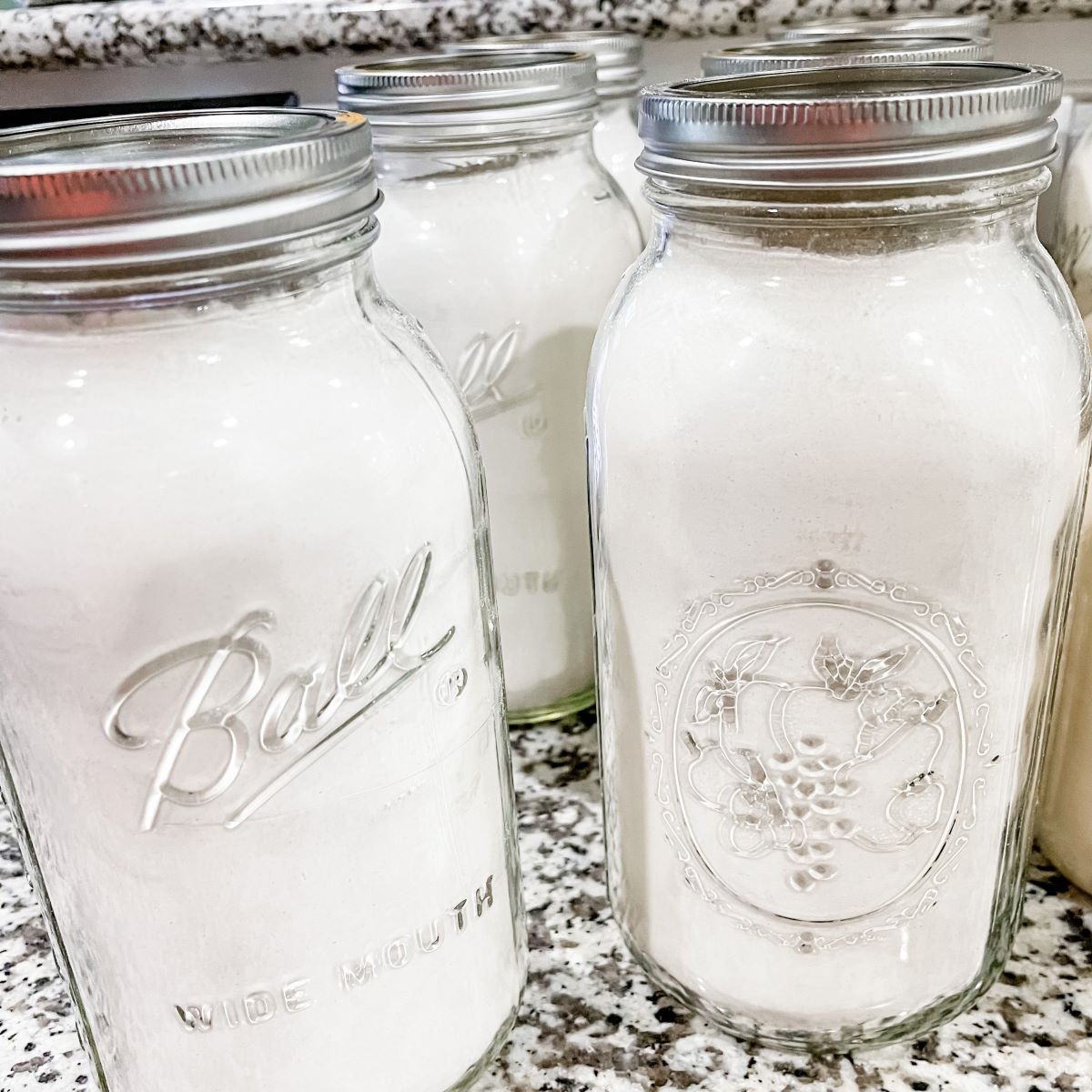
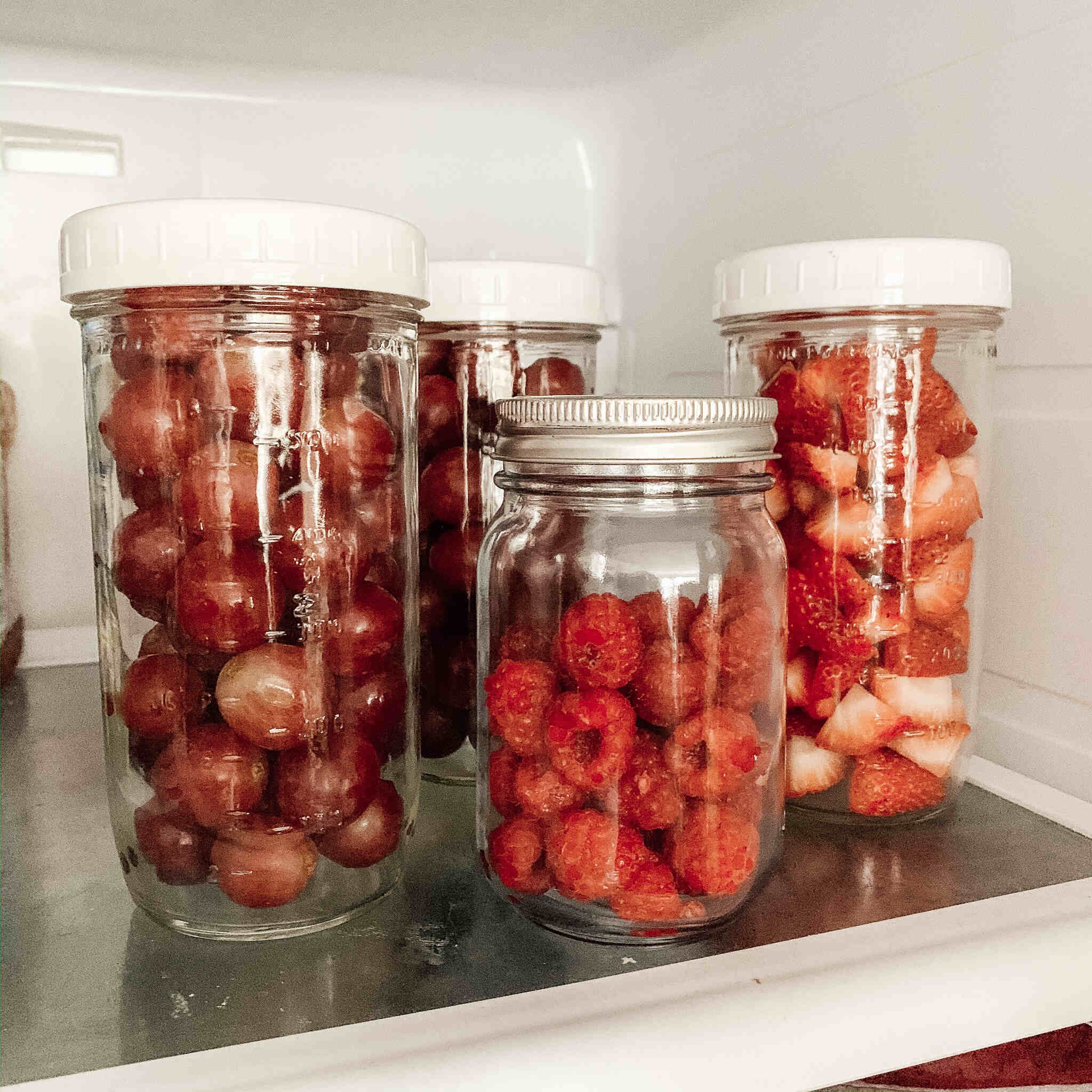
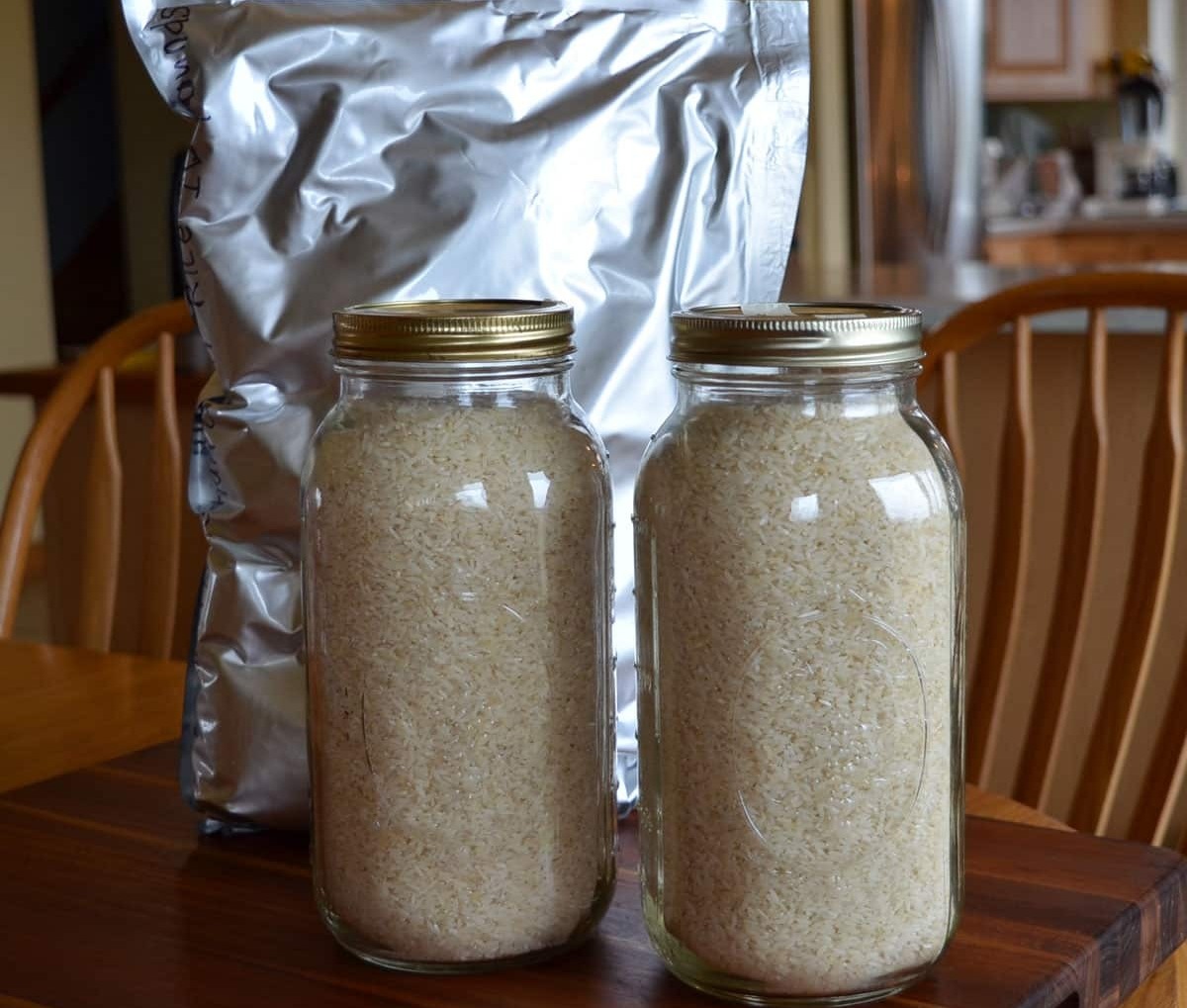

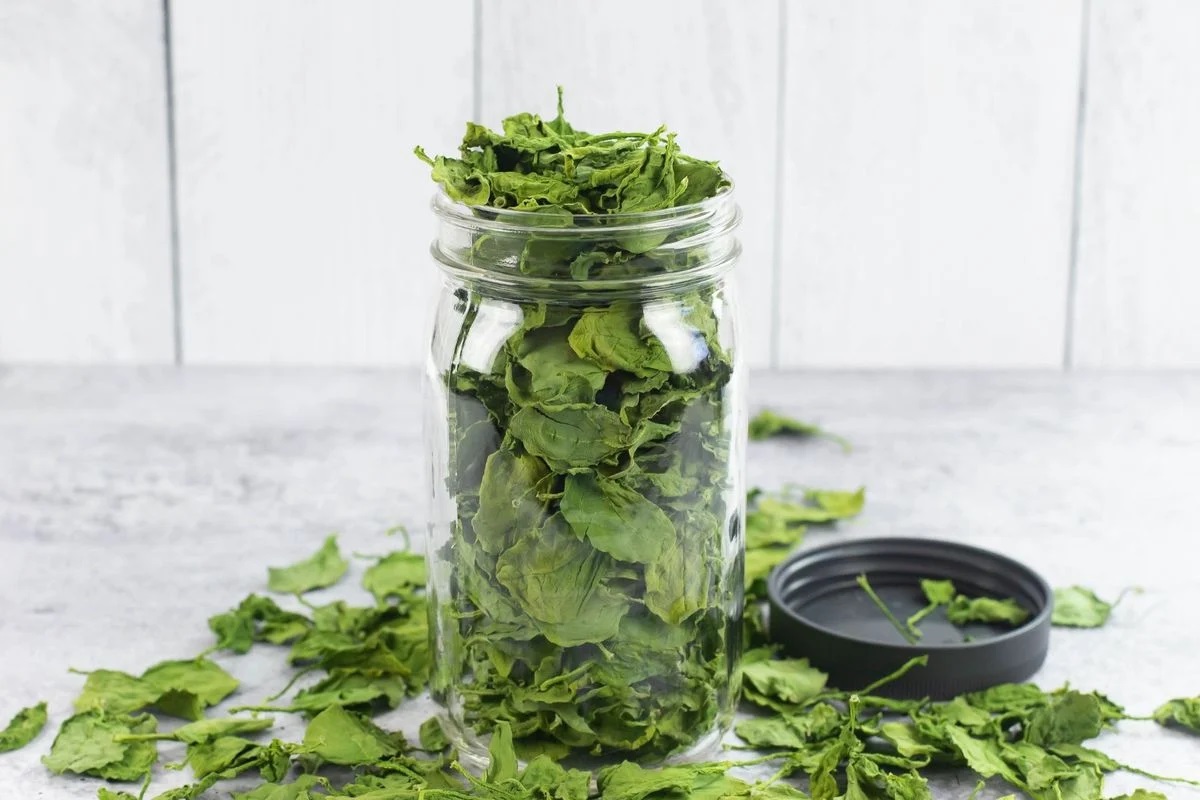
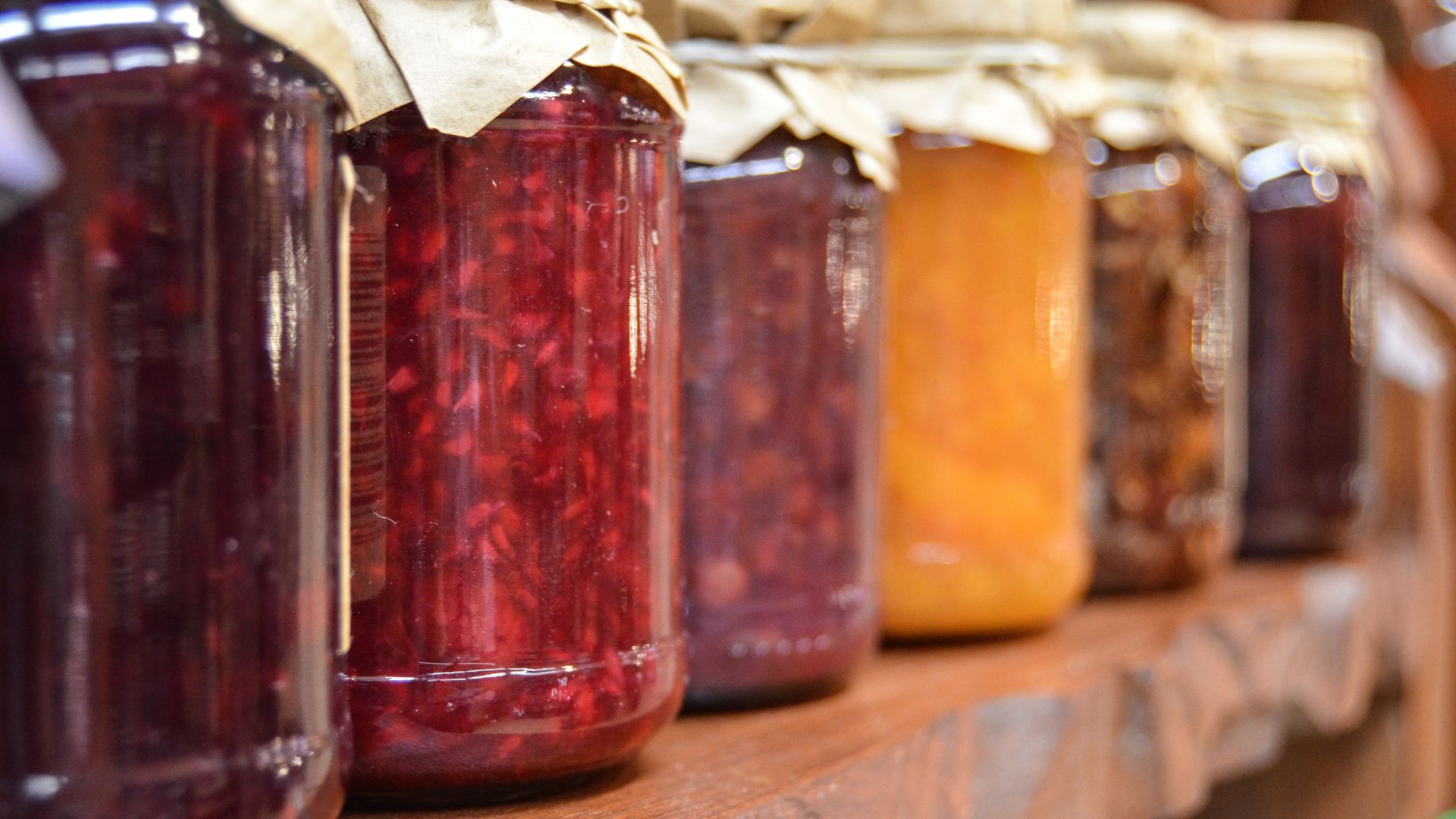
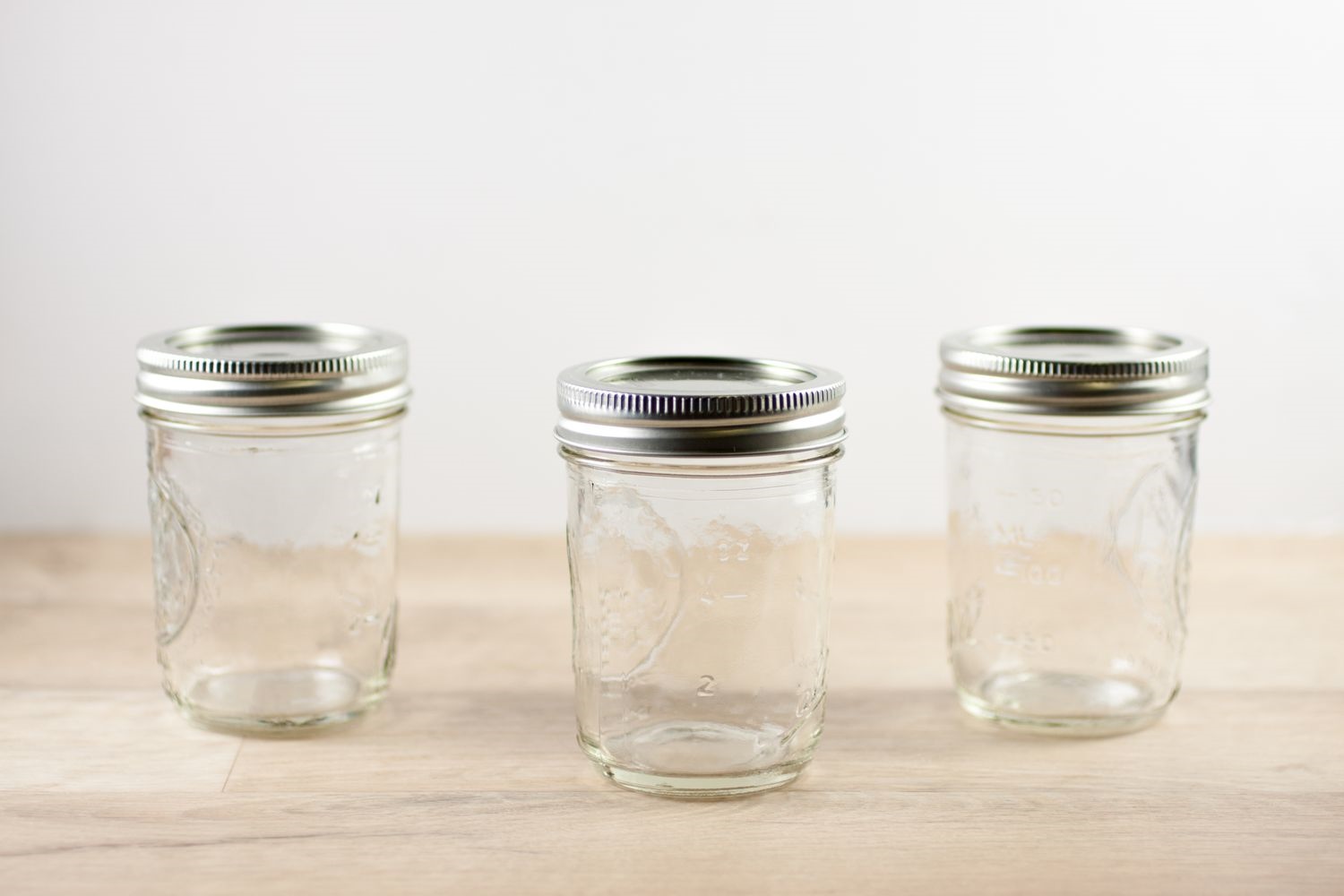
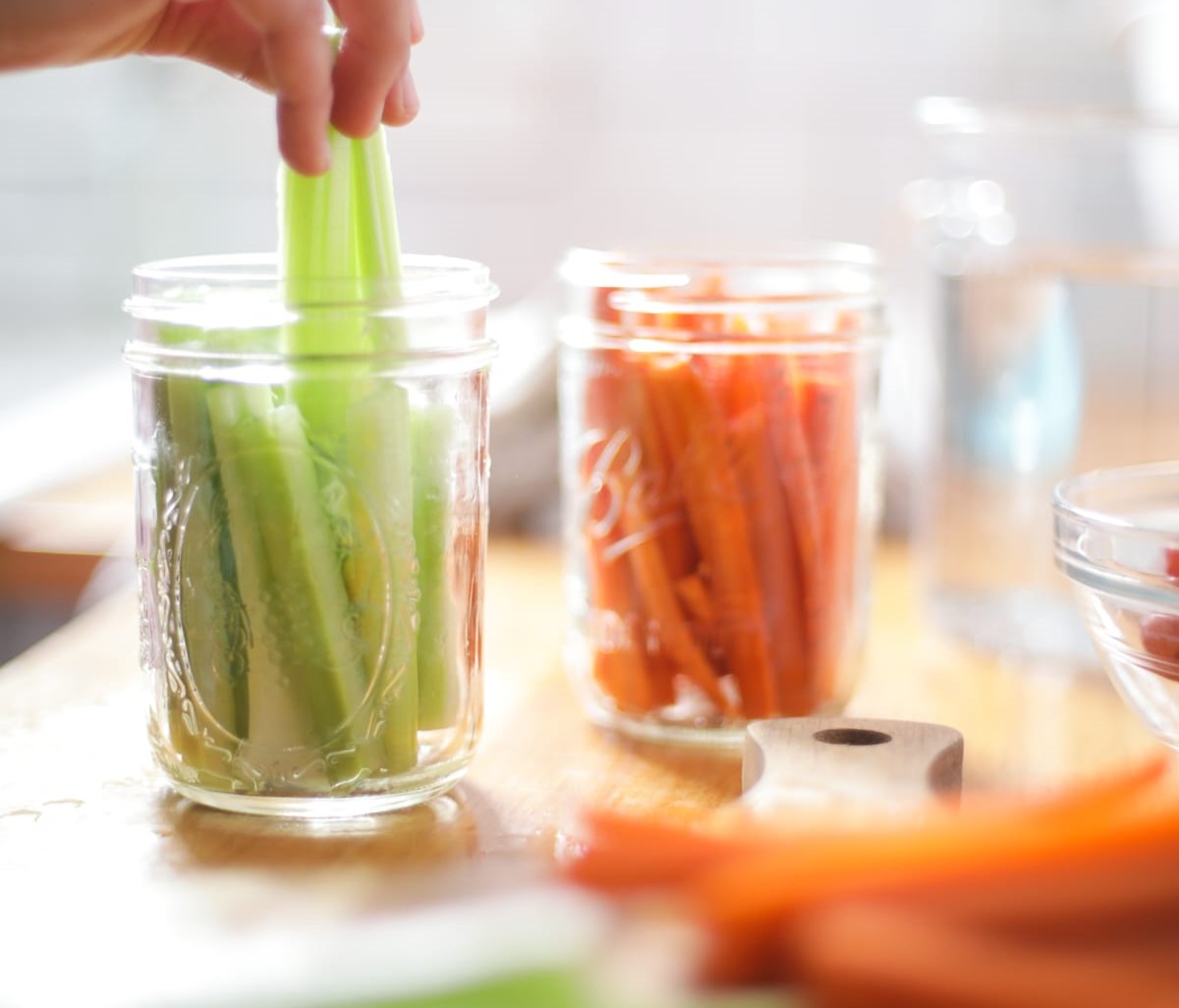
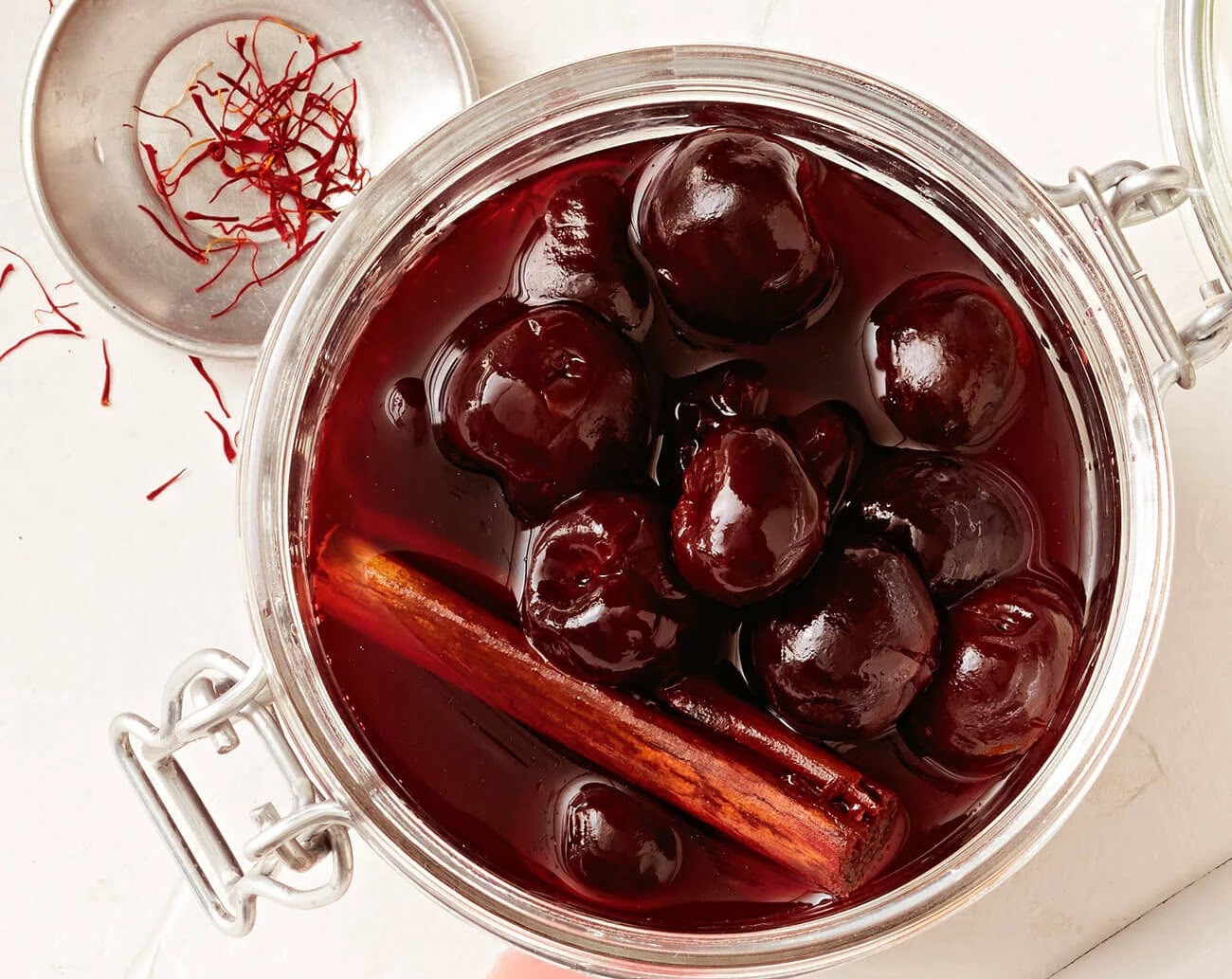
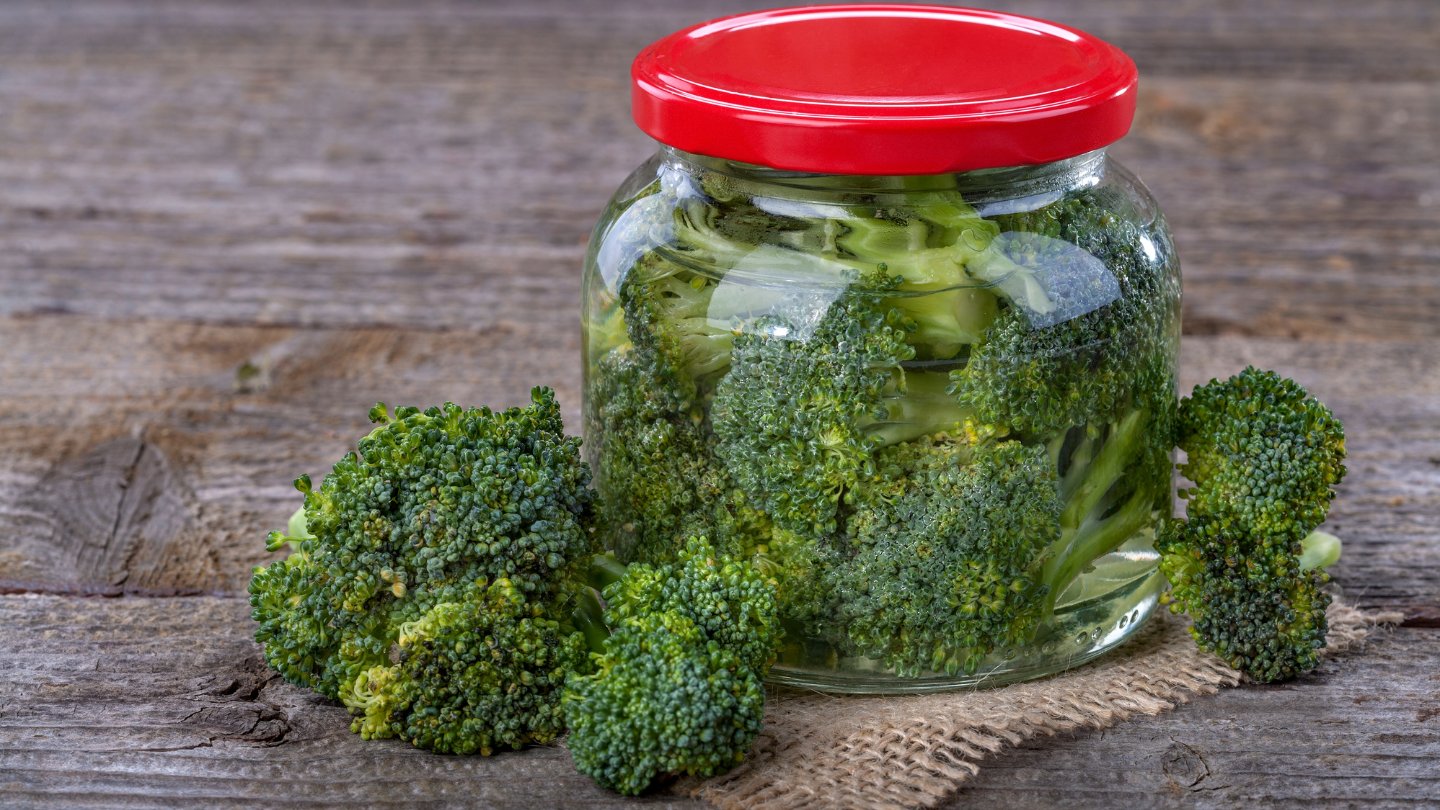

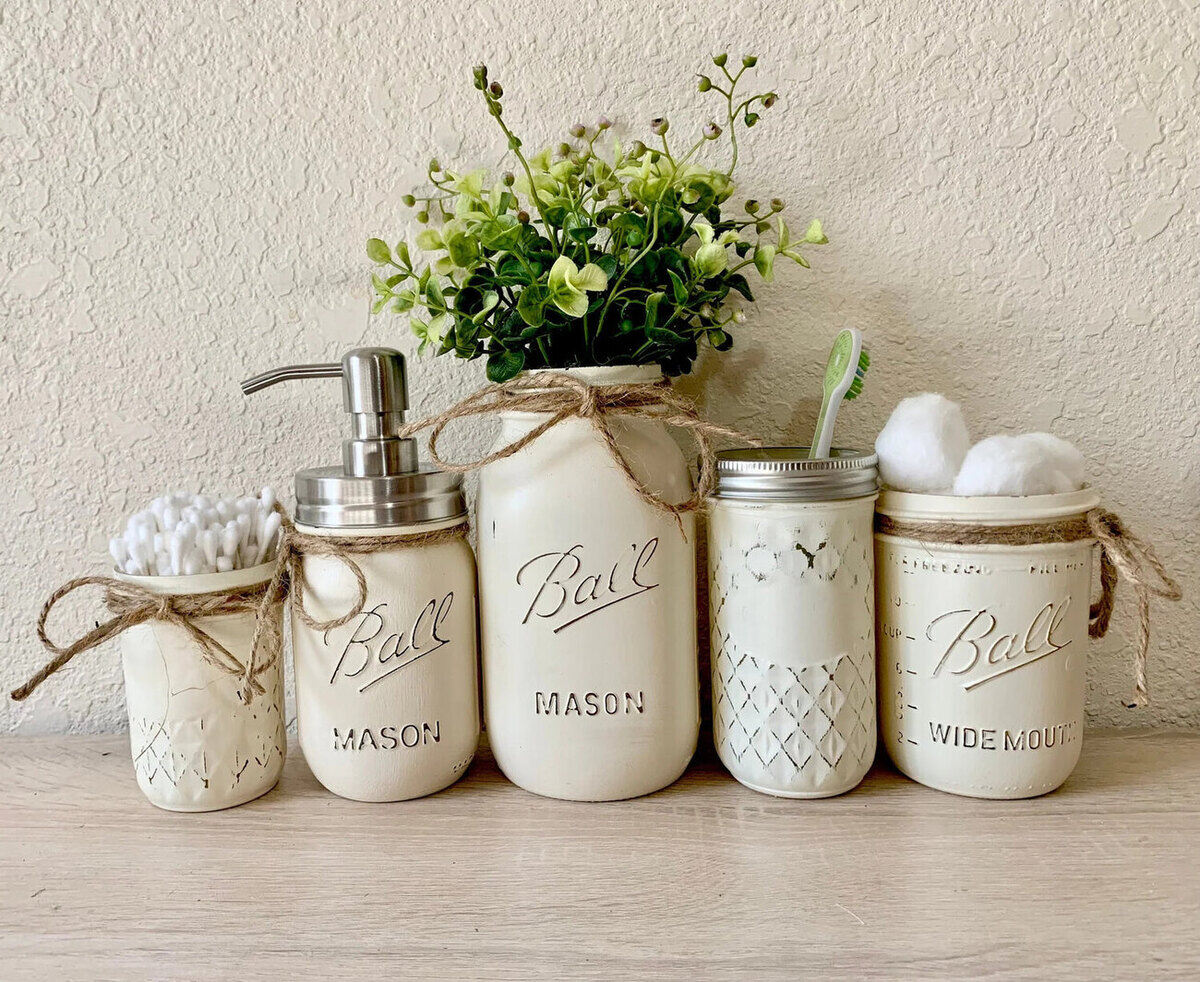
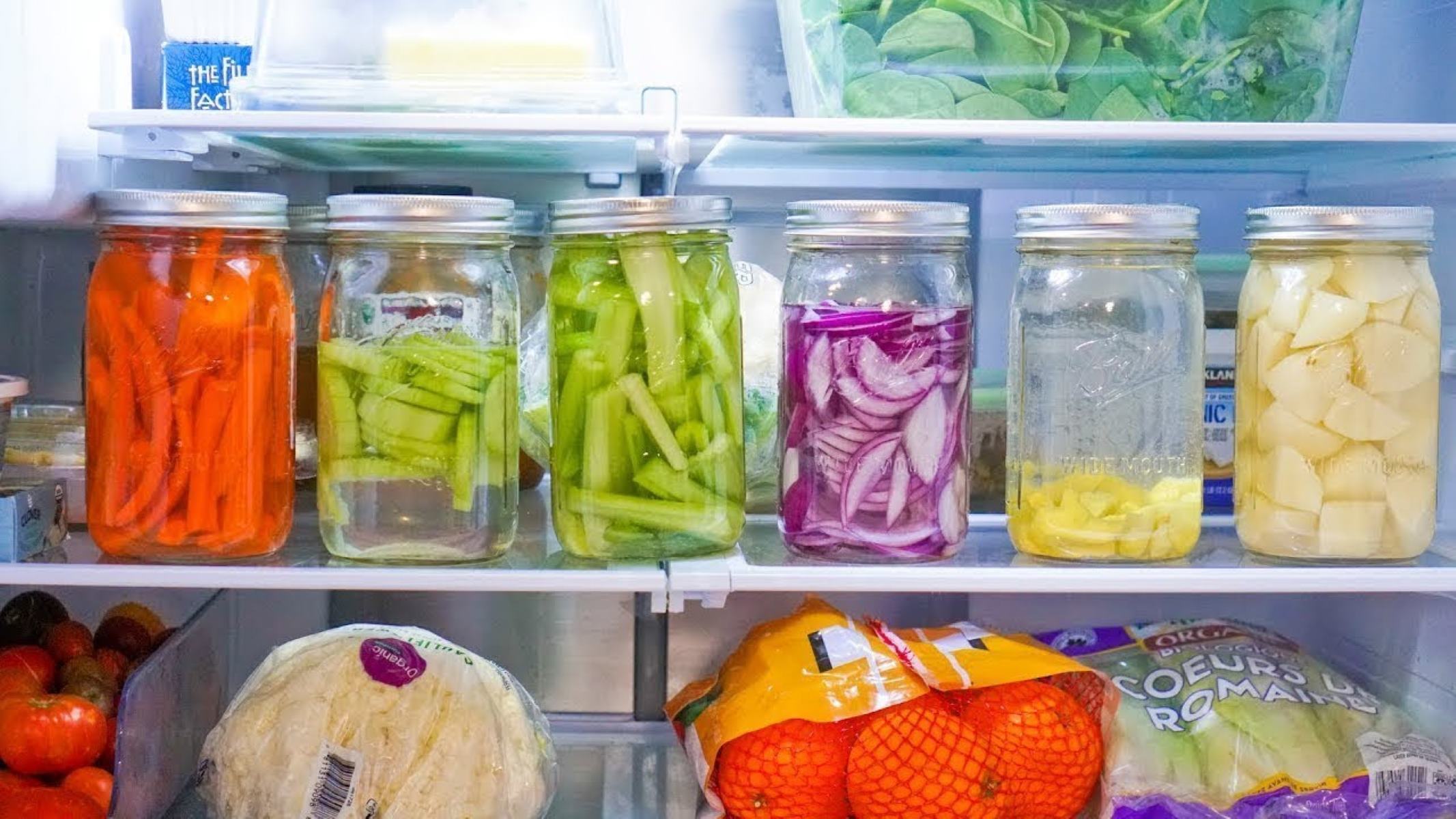

0 thoughts on “How To Store Lettuce In Mason Jars”